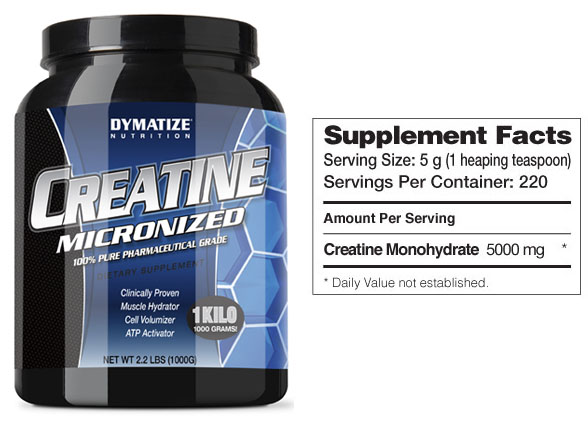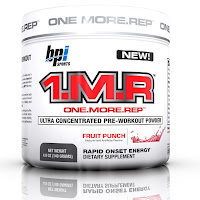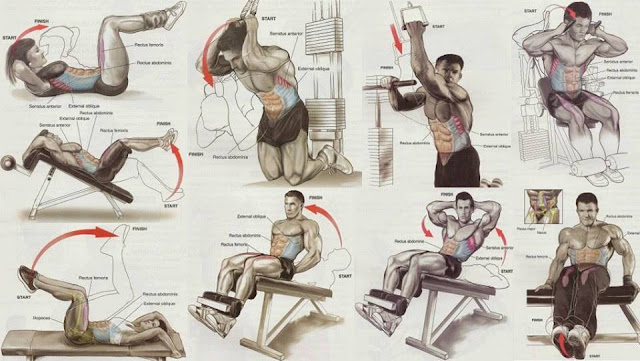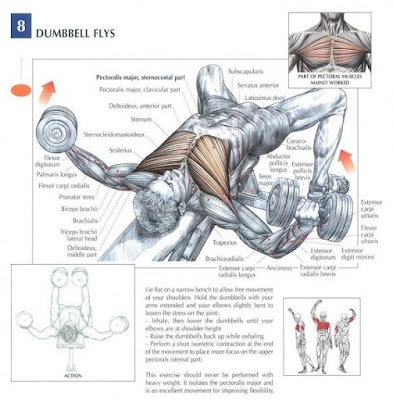Creatine is an all important element in your workout routine. Added to a proper set and combined with protein, it can incredibly increase your gains fast. We want you to know about the better creatines so you can make the best decision when it comes to buying. Here are a few of the top choices you have to consider.
Dymatize Micronized Creatine -
BPR Sports 1.M.R Powder -
Dymatize Micronized Creatine -
This product is pure 100& HPLC certified. They give no you filler in Dymatize, only 100% Creatine Monohydrate. It works by giving your muscles enhanced capabilities for weight training, running and any other aerobic exercise. 180 microns ensures proper distribution at proper rates. The container is even clear so you can actually get to see how small the crystals are. There is a strict International Molecular Formula for Creatine Monohydrate, and Dymatize sticks to it to the element. DMC is always manufactured from animal free sources and is absolutely tasteless. You'll want to check this one out soon.
ProMera Health Con-Cret -
ProMera Health Con-Cret -
Thiscreatine was described as revolutionary during the 2009 ISSN World Conference. This product has better solubility, uptake and is more efficient than other Creatine Monohydrate. Just one serving of Con-Cret equals 5-10 servings of Creatine Monohydrate. It's micro-dosed on body weight so no worrying of loading or cycling. It contains absolutely no additives, no stimulants with it and no banned substances. Thus, you can use it safely before any competition. In your search for the best creatine solution out there, consider ProMera.
BPR Sports 1.M.R Powder -
The powder works by consisting of highly concentrated doses of CNS Stimulants, Nitric Oxide Agents and Muscle Building Agents to help you get the most out of every single work out. They leave out the unnecessary elements, leaving only the pump. 1 MR is currently a choice of pro athletes and thousands of average people everywhere. The powder is mixed in a shot glass and taken quickly, so there's no more having to down a whole glass! If you want the bulk but none of the bull, take a try for One More Rep.
Optimum Micronized Creatine Powder -
Optimum Micronized Creatine Powder -
Every time you take a serving of Optimum Creatine, you are taking 5 full grams of 99.9% Creatine Monohydrate. This product has technology that allows for easier mixing and resists just sitting at the bottom and collecting. No more having to down that last sip! While other products can be gritty in your mouth, Optimum promises you none of that. Just a no-filler, no-additive, strength and power creatine that will go the distance.
And there's just some of the top products you're going to find. Don't give up on that search for the perfect creatine. Everybody's body is different and everyone is going to react a little differently. These are all great products to help you in your search for the perfect body. Combined with proper exercise, diet and supplements that pound out the reps, there's no need to wait for muscle gains.
Article Source: http://EzineArticles.com/6813266
And there's just some of the top products you're going to find. Don't give up on that search for the perfect creatine. Everybody's body is different and everyone is going to react a little differently. These are all great products to help you in your search for the perfect body. Combined with proper exercise, diet and supplements that pound out the reps, there's no need to wait for muscle gains.
Article Source: http://EzineArticles.com/6813266










































